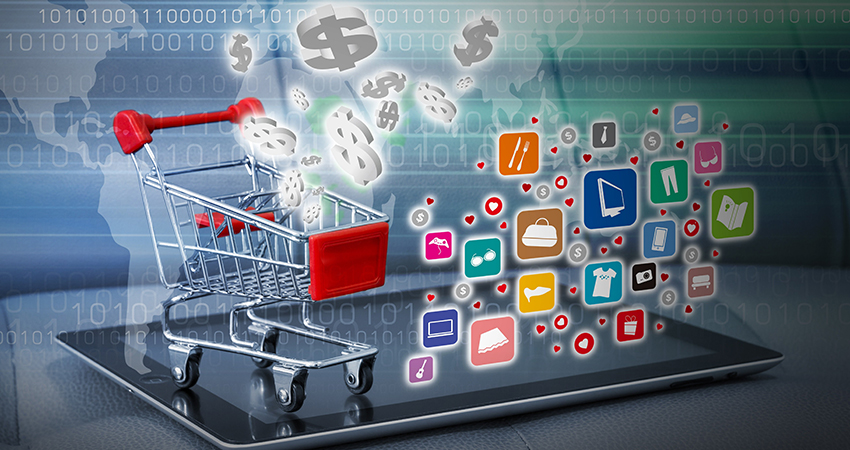For a long time, IoT has been a transformative force for an array of industries, with 70% of the world’s retail and ecommerce providers betting on connected tech to drive tangible business value. If you’re not in the loop about how IoT can improve your warehouse management or enhance your marketing efforts, read four common recommendations made by IoT and ecommerce development providers.
Hyper-personalized marketing
As long as consumers continue exploring the world through the lens of their smartphones and similar connected devices, proximity marketing will be a reliable method to make users stay tuned to your product or service.
To wit, you can use beacon technology to send clients relevant, location-based notifications about new products or discounts, thus enticing them to visit your store. Inside you can engage customers by giving bonuses when they try new clothes. Also, think sending clients in-app reminders about what they had added to favorites during online window shopping — to increase in-store sales.
On top of that, an effective tech marriage of IoT sensors and video cameras will help you create user activity heat maps to understand the most popular zones and products, spot shopping trends, optimize your store space, and improve demand prediction.
Smart purchasing
Another way to give shoppers an extra layer of comfort is to automate repetitive purchases. Amazon is perfectly accomplishing this task with its dash buttons. Consumers can use the IoT-enabled device to order food, household products, beauty and health items, and much more at blazing-fast speed.
Once clicked, the button gets connected to the Wi-Fi, sends the unique product code — assigned earlier by the customer — to the Amazon app and makes the order in a matter of seconds. The number of orders is restricted to just one in 24 hours to avoid extra spending when the button is pressed by mistake several times.
Taking it up a notch, you can connect your eCommerce platform with an intelligent IoT-powered assistant that would place and change orders according to customer voice purchase requests.
Effective inventory management
Manual inventory management with its cumbersome workflows and inaccurate results is in the past. Forward-looking retailers started capitalizing on IoT to better control their storage capacity. You can follow suit and develop a drone or install an in-store video camera that would monitor inventory in real time and automatically send alerts in case of stockout, overstock, and even employee theft.
Besides, try a winning combination of sensor-powered shelves and RFID chips. Connect them with your analytics software to get real-time inventory data updates and notify workers about the need to order more products and restock the shelves.
The same tech can be used to improve your supply chain management. Sensors and beacons attached to the products will help you monitor the micro-climate in trucks during transportation and protect items from sudden humidity, temperature changes, or excessive vibrations.
Intelligent maintenance and support
One more area where IoT has found its feet is product maintenance and warranty support. The sensors applied to the items you sell online or in store can help you perform a comprehensive remote analysis and timely identify issues or malfunctions, before the customer even knows it.
Use the actionable data you get to alert clients about upcoming scheduled maintenance. Thus you will not only resolve issues early on, but also anticipate potential complaints, significantly improving your products as well as customer service.
Upping the ante, equip your higher-end products and goods under warranty with RFID chips to easily spot a product’s location in case of loss or theft.
It’s time to act
Underpinned by advanced BI analytics, IoT technology has vastly increased its capabilities for the last couple of years. By leveraging sensors, RFID tags, beacons, and drones, retailers and e-store owners get accurate information on their inventory space, get deep insights into customer behavior, easily predict demand, and more — all to revamp customer service. So if you’re not in the IoT fray yet, you’re certainly falling behind.
Yana Yelina is a Tech Writer at Oxagile

